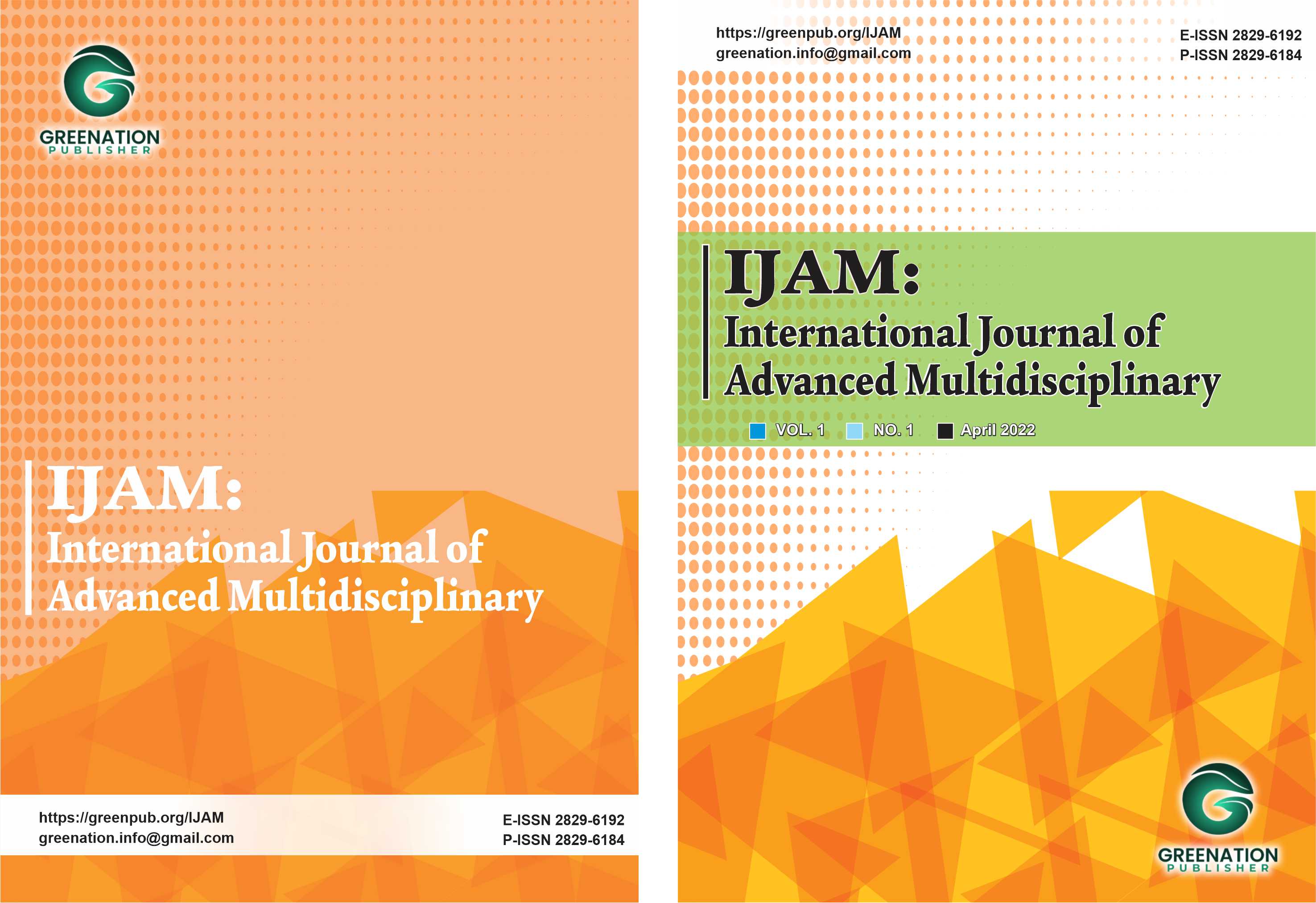Post Operational Optimization of Adaptive Overload Shedding Protection in the Bali Island Sub-system using the ADS Simulation
DOI:
https://doi.org/10.38035/ijam.v2i4.302Keywords:
Bali Sub System, OLS, Priority Scale, Optimization System, ADS SimulationAbstract
The Bali electrical network sub system is supported by the Java-Bali power transfer assisted by the Bali power generation. Most of these power plants are not economical, so the Java-Bali power transfer is prioritized. If an island operation occurs, the Bali sub system loses most of the power that supports its load. This loss of power can result in a black out. The Bali sub system must perform overload shedding equal to the loss of Java-Bali power transfer. However, because the magnitude of the Java-Bali power transfer is very dynamic, the amount of Over Load Shedding (OLS) is difficult to predict, so an optimization system is required that can calculate the amount of OLS according to the Java-Bali power transfer at any time. The optimization system can also determine OLS targets before Faults occur based on the Priority Scale. To ensure that the Optimization System has worked properly, an Adaptive Defense Scheme (ADS) simulation was created. In this simulation, the optimization system will be tested using the ADS simulation series. In this simulation, the optimization system will be tested using the ADS simulation series. This system is simulated so that it can work OLS target off contact. This system will be tested for the suitability of the load selection with the amount of Java-Bali power transfer. The load selection is compared with manual calculations using the same method to ensure the optimization system calculations are appropriate. Comparison between the selection of targets for the optimization system with calculations, and working contacts is made by making a suitability matrix. From the tests carried out, it was obtained that OLS System Optimization System target size was calculated with a maximum deviation of 5.5%, a minimum deviation of 0.037%, and an average deviation of 1.03%. The system is also capable of selecting targets with 100% accuracy and can also perform MTDS digital output according to 100% accuracy, that the operational system efficiency can be achieved very significantly.
References
Adamiak, Mark., Baigent, Drew., & Mackiewicz, Ralph. (2009). IEC 61850 Communication Networks and Systems In Substations: An Overview for Users.
Anugerah Akbar Setiyawan; Ontoseno Penangsang, (2019), IEEE, Controlling Line Power Flow in JAMALI (Jawa-Madura-Bali) System Using STATCOM
Ates, Yavuz dkk. (2016). Adaptive Protection Scheme for a Distribution System Considering Grid-Connected and Islanded Modes of Operation. Istanbul.
Elbaset, Adel A. (2020). IEC 61850 Communication Protocol with the Protection and Control Numerical Relays for Optimum Substation Automation System. Minia.
Hardoyo, Anang. Nuringtyas, Ratna., & Zakaria, Ariesa Budi (2020), IEEE. Special Protection System with Macro VBA-based Descending Method at PT PLN (Persero) South and Central Kalimantan. Yogyakarta.
Khalavai, Shafeeque Ahmed., Karthikeyan, Prabhakar., & Shaoo Sarat Kumar. (2016). Special Protection Schemes: A Survey and Vision for the Future. India.
L. O. Mogaka, N. Nyakoe and M. J. Saulo3, (2020) Power Prioritization and Load Shedding in an Island with RESs Using ABC Algorithm. Hindawi Journal of Engineering.
Li, Hanyue. Dkk. (2021). Towards the Automation of Remedial Action Schemes Design. Texas.
Matoušek, Petr. (2017) Description and Analysis of IEC 104 Protocol Technical Report. Brno.
Maulana, Agus Harya. (2021). Mengintegrasikan Adaptive Defense Scheme Ke Master Station Scada Pada Sistem Tenaga Listrik Jawa-Bali. Semarang.
NERC. (2010). “Remedial Action Scheme” Definition Development Background and Frequently Asked Questions. Atlanta.
Schweitzer Engineering Laboratories (SEL). (2019). SEL-2440 Discrete Programmable Automation Controller DPAC Instruction Manual. Pulman
Schweitzer Engineering Laboratories (SEL). (2020). Real-Time Automation Controller (RTAC). Pullman
Seyedi, H. (2009). Design of New Load Shedding Special Protection Schemes for a Double Area Power System. Tehran.
Seyedi, H., Sanaye-Pasand, Majid. (2009). New Centralised Adaptive Load-Shedding Algorithms To Mitigate Power System Blackouts. Tehra
Siemens. (1993). SIMATIC TI505/TI500 MODNIM User Manual.
Zhang, Yichen., Raoufat, M. Ehsan., & Tomsovic, Kevin. (2016). Remedial Action Schemes and Defense Systems. Knoxville.
Downloads
Published
How to Cite
Issue
Section
License
Copyright (c) 2024 A. Sofwan, A. Multi, D. Madya P.W, H. Heru Abrianto

This work is licensed under a Creative Commons Attribution 4.0 International License.
Authors who publish their manuscripts in this journal agree to the following conditions:
- The copyright on each article belongs to the author(s).
- The author acknowledges that the International Journal of Advanced Multidisciplinary (IJAM) has the right to be the first to publish with a Creative Commons Attribution 4.0 International license (Attribution 4.0 International (CC BY 4.0).
- Authors can submit articles separately, arrange for the non-exclusive distribution of manuscripts that have been published in this journal into other versions (e.g., sent to the author's institutional repository, publication into books, etc.), by acknowledging that the manuscript has been published for the first time in the International Journal of Advanced Multidisciplinary (IJAM).























